In the ever-evolving world of textile printing, technological advancements are continually reshaping industry standards. Among these innovations, Direct to Film (DTF) inkjet printing stands out as a transformative force, offering a versatile, cost-effective, and sustainable alternative to traditional printing methods. The rise of DTF inkjet inks represents a paradigm shift in how textiles are decorated, opening new doors for creativity, efficiency, and environmental consciousness.
Understanding Direct to Film Printing
Direct to Film (DTF) printing is a modern textile printing technique that bypasses many of the limitations of conventional methods like screen printing and direct-to-garment (DTG) printing. Unlike these traditional methods, DTF printing transfers high-quality ink designs onto fabrics through a specialized film medium. The process involves three main steps:
- Film Printing: The design is printed onto a special transfer film using a conventional inkjet printer. This film is coated with a unique adhesive powder that bonds with the ink, creating a durable print surface.
- Heating and Powder Coating: The printed film is then heated in an oven, which melts the adhesive powder, fusing it with the ink and creating a single, cohesive layer.
- Transfer to Fabric: Finally, the prepared film is transferred onto the fabric using a heat press. The heat and pressure bond the ink and adhesive to the textile, resulting in a vibrant, long-lasting print.
Advantages of DTF Inkjet Printing
The adoption of DTF inkjet inks has been driven by several key advantages over traditional textile printing methods:
1. Versatility in Design
DTF printing offers unparalleled flexibility in design capabilities. With the use of inkjet technology, intricate details, gradients, and full-color images can be effortlessly printed onto various fabrics. This makes DTF an ideal choice for businesses seeking to produce high-quality, visually stunning textiles.
2. Cost-Effectiveness
Compared to screen printing, DTF requires fewer setup costs and less maintenance. The elimination of screens and the ability to print on-demand significantly reduce waste and storage costs. Additionally, DTF inkjet inks are often more affordable than traditional textile printing inks, making it a cost-effective solution for small to medium-sized businesses.
3. Eco-Friendly Practices
In an era where sustainability is increasingly important, DTF printing stands out as an environmentally friendly option. The use of water-based inkjet inks reduces the reliance on hazardous chemicals and solvents commonly found in other printing methods. Furthermore, the on-demand nature of DTF printing minimizes overproduction and waste, aligning with the growing demand for sustainable practices in the textile industry.
4. Wide Range of Applications
DTF printing is suitable for a wide variety of fabrics and materials, including cotton, polyester, and blends. This versatility makes it a versatile solution for industries ranging from fashion and apparel to home decor and promotional products.
Challenges and Future Prospects
Despite its numerous advantages, the adoption of DTF printing is not without challenges. The initial investment in equipment and the learning curve associated with mastering the technique can be significant barriers for smaller businesses. Additionally, the quality of DTF prints can be influenced by factors such as the type of ink, film, and fabric, necessitating careful selection and testing.
Looking ahead, the future of DTF inkjet printing appears promising. Ongoing advancements in ink technology, such as the development of more durable and washable inks, are expected to enhance the quality and longevity of DTF prints. Furthermore, as the industry continues to embrace sustainability, DTF’s eco-friendly attributes will likely drive further adoption and innovation.
Conclusion
Direct to Film (DTF) inkjet printing represents a significant leap forward in the textile printing industry. By offering a versatile, cost-effective, and environmentally friendly alternative to traditional methods, DTF is revolutionizing how textiles are decorated. As businesses increasingly prioritize sustainability and innovation, the rise of DTF inkjet inks is set to play a pivotal role in shaping the future of textile printing. With its promise of high-quality prints, reduced costs, and eco-conscious practices, DTF is not just a trend but a transformative force that is here to stay.
